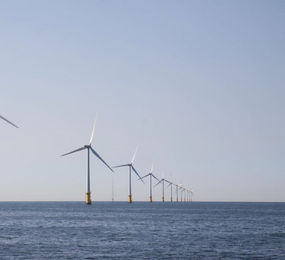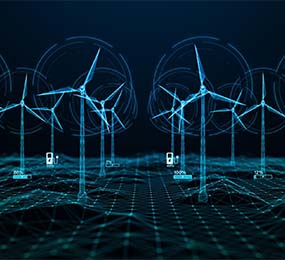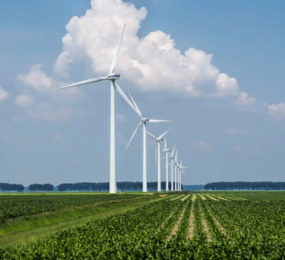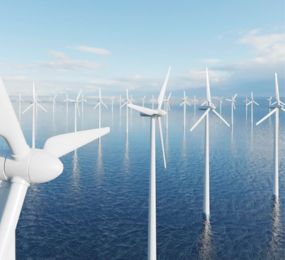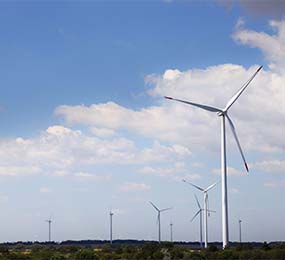The wind energy industry is undergoing a data-driven transformation. From turbine performance monitoring to grid integration, the ability to effectively analyze vast amounts of data is crucial for optimizing operations, enhancing efficiency, and ensuring the long-term success of wind power projects.
Data-Driven Insights for Optimized Operations:
- Predictive Maintenance: By analyzing sensor data, operators can predict potential equipment failures before they occur. This proactive approach minimizes downtime, reduces maintenance costs, and extends the lifespan of turbines.
- Enhanced Performance: Data analysis helps identify factors impacting turbine output, such as wind speed variations, blade pitch, and generator efficiency. This information can be used to optimize turbine settings and maximize energy production.
- Resource Assessment: Analyzing historical wind data, weather patterns, and topographical information helps identify optimal locations for wind farms, maximizing energy yield and minimizing environmental impact.
Grid Integration and Stability:
- Real-time Grid Monitoring: Data analytics enables real-time monitoring of wind power generation and grid conditions, facilitating better integration of wind energy into the grid.
- Demand Forecasting: Accurate forecasts of wind power generation help grid operators anticipate fluctuations in supply and demand, ensuring grid stability and reliability.
- Market Participation: Data analysis provides valuable insights for participating in energy markets, optimizing revenue streams, and managing price volatility.
The Role of Advanced Technologies:
- Artificial Intelligence (AI) and Machine Learning: AI algorithms can analyze complex data patterns to identify hidden relationships and predict future trends, improving the accuracy of wind forecasts and optimizing operational decisions.
- Internet of Things (IoT): IoT sensors collect vast amounts of data from turbines, weather stations, and other sources, providing a continuous stream of information for analysis.
- Cloud Computing: Cloud platforms provide the necessary infrastructure for storing, processing, and analyzing large volumes of data, enabling scalable and cost-effective data management.
The Future of Wind Power Analysis:
As data collection and analysis capabilities continue to advance, wind power analysis will play an increasingly critical role in the success of the industry. By harnessing the power of data and digital innovation, the wind energy sector can unlock new levels of efficiency, sustainability, and profitability, paving the way for a cleaner and more sustainable energy future.
To register or learn more about the Forum please check here: https://bit.ly/3K0rUIz
For more information and group participation, contact us: [email protected]



